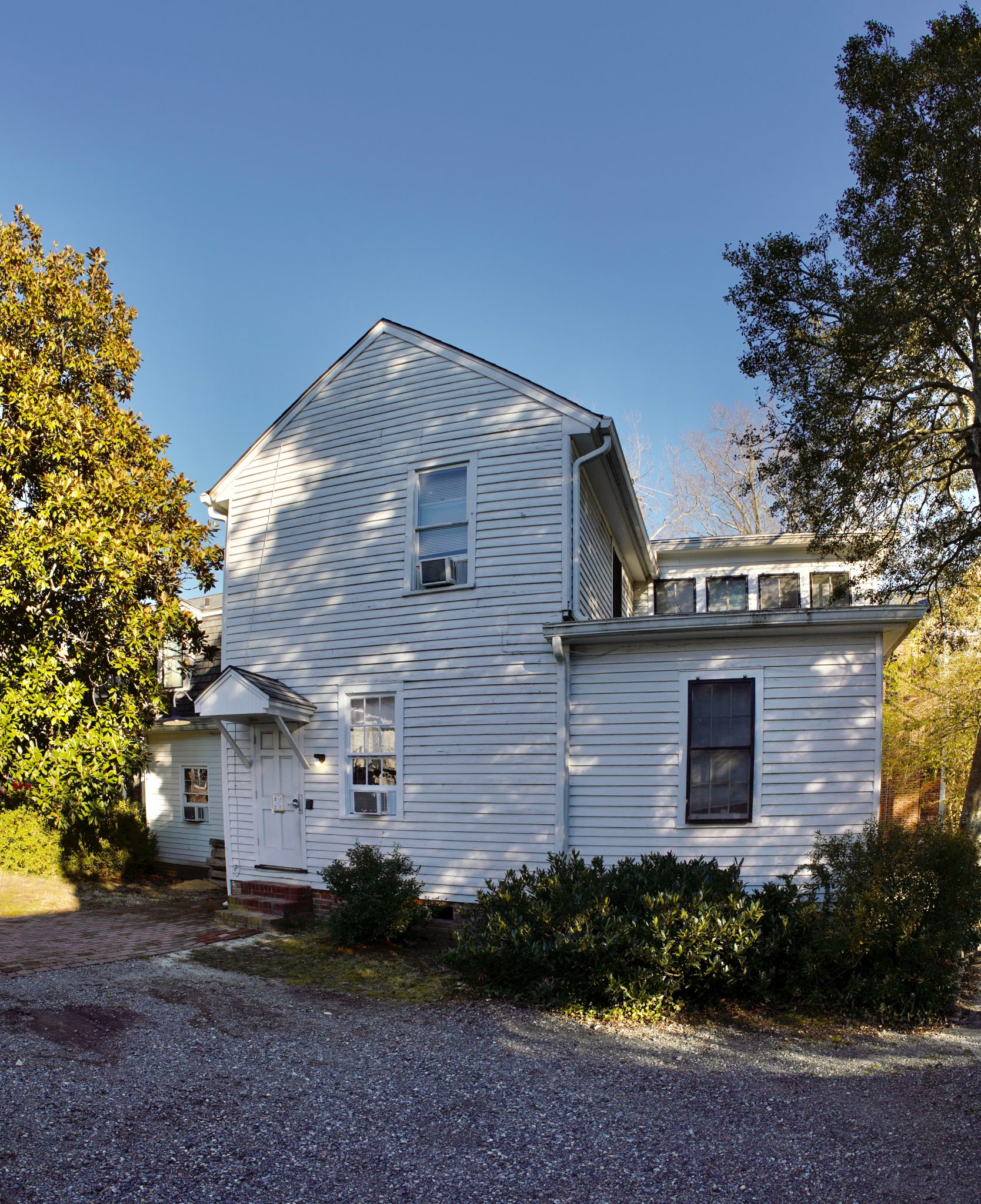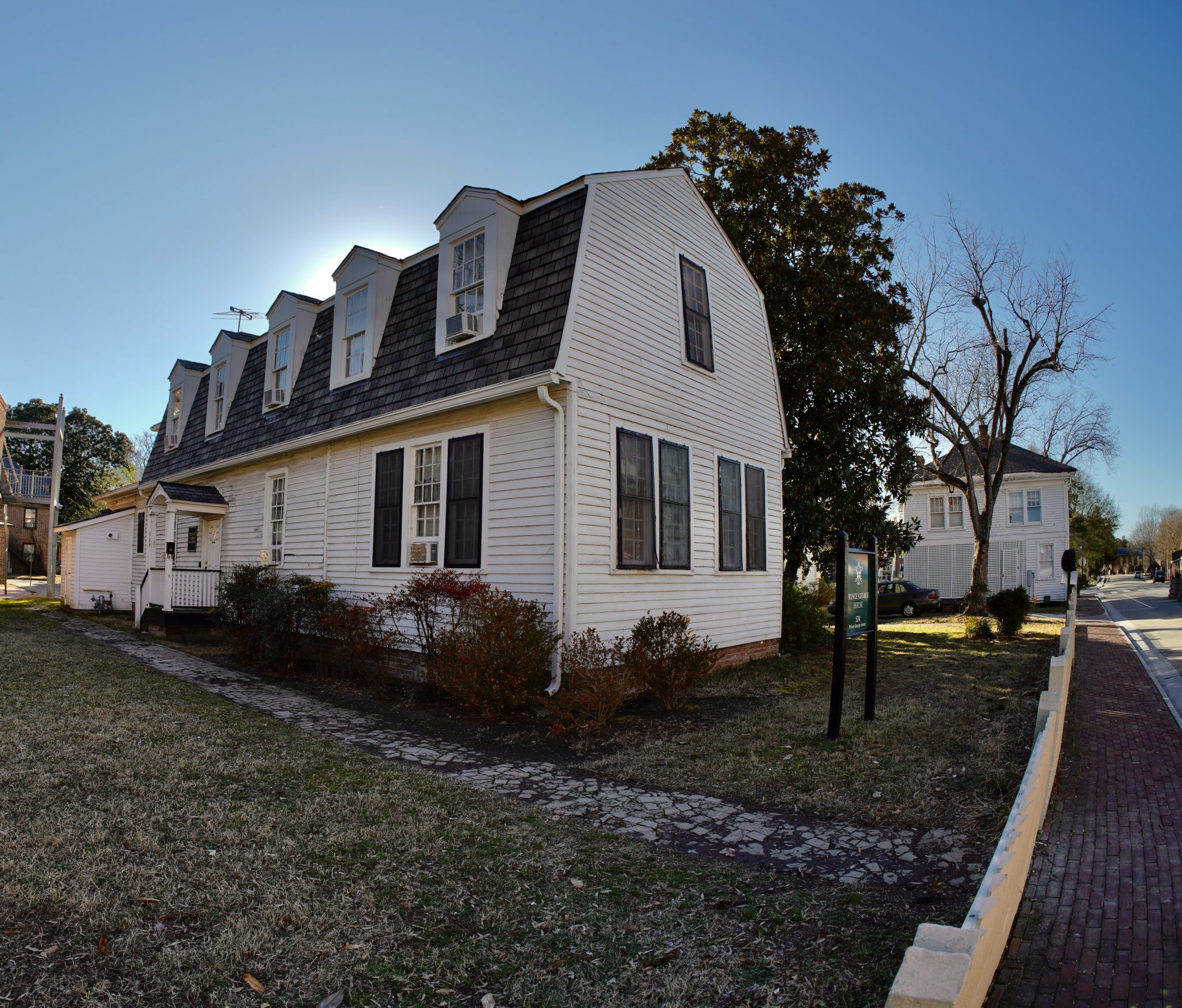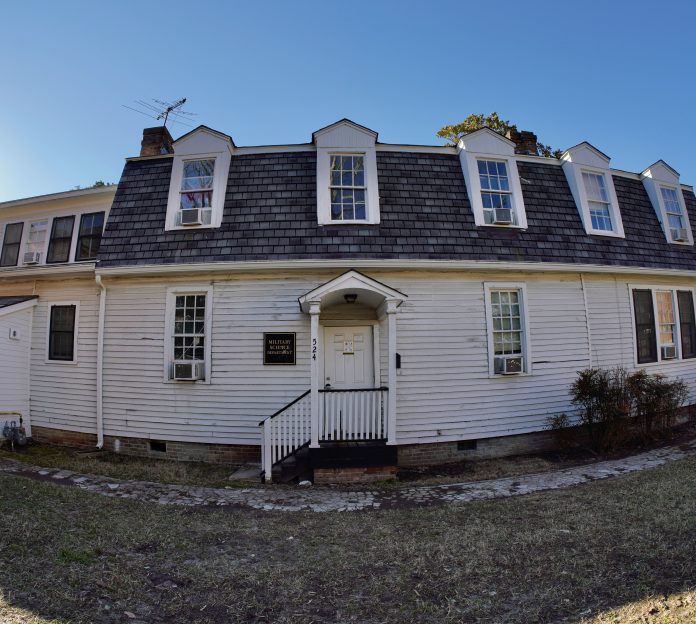Thursday, Feb. 15, researchers at the Colonial Williamsburg Foundation announced that they had confirmed the original location of the Bray School, an 18th-century institution that once educated free and enslaved Black children, some of whom were owned by the College of William and Mary. The building, located at 524 Prince George St., currently houses the College’s military science department, but it will soon become the site of historical research into the legacy of Black Americans in the colonial era.
The journey of identifying the building has been long and winding, spearheaded by Chancellor Professor of English, Emeritus, Terry Meyers. In 2004, Meyers was reading the memoir of a local Williamsburg resident when he came across a reference to an 18th-century cottage located on College property. Delving further into his research, he began to hypothesize that the building at 524 Prince George St. may have once housed the Bray School. Meyers also found direct references to two enslaved Bray School children — Adam and Fanny — who were purportedly owned by the College.

“That was kind of an electric moment for me, because I knew in the abstract that William and Mary must have been involved in slavery in some sense — I mean, we’re an old school,” Meyers said. “But when I saw Adam and Fanny’s names there, and realized they were children, and that I was working for an institution that claimed to have owned people, and owned children, it was just kind of an incredible moment for me.”
Though researchers conducted archaeological tests on the building at the time, the results were inconclusive, plunging the building and its tentative connection to the Bray School, into obscurity. Then, in 2020, a resurgence of interest in the building led researchers at Colonial Williamsburg to uncover the original wooden structure. Ronald L. Hurst M.A. ’89, vice president for museums, preservation and historic resources at Colonial Williamsburg, says this was the breakthrough they needed.
“As soon as we could see the framing, it had every indication of being from the middle of the 18th century,” Hurst said.
After a thorough dendrochronological study, in which samples of the wooden structure were examined and compared to other wood from the 18th century, Colonial Williamsburg confirmed that the building was likely constructed in early 1760. This aligned with the history of the Bray School, which began teaching students that same fall. Hurst says that discovering the building, which remains relatively intact, is a rare find.

“The people whose lives are easiest are those whose belongings generally tend to survive,” Hurst said. “The people whose lives were hardest generally had less, and it tends not to survive. So finding a building that was used in this way is just a really exciting development.”
The school educated both free and enslaved Black children, teaching them basic skills such as literacy. However, Meyers notes that the main purpose of the school was a reinforcement of enslavement, based on Christian principles.
“The education those students were receiving was really education to be subservient,” Meyers said. “This was part of the pro-slavery ideology, that Christianity was based on the idea of a divine plan for all human beings, for all human history, and that some of us are born to be kings and princes, and others are born to be enslaved, and that’s God’s will.”
Despite this indoctrination, researchers like Meyers argue that the school had some positive effects.
“I think it’s a net positive, because, to my mind, any education is finally education — it develops critical thinking,” Meyers said. “If you’re taught to read the Bible, you can read other things; you can read the declaration of independence, and you can begin to become independent of common thinking.
Indeed, Hurst notes that students at the school probably used their newfound literacy to teach others.
“Our best guess is that it not only benefited the children who were being taught, but also their families, as they in turn passed those skills on to other members of their families, and to other individuals,” Hurst said.
Dr. Jody Allen, director of the Lemon Project, argues that although the Bray School was meant to reinforce the ideology of slavery, the education it provided did the exact opposite
“By teaching others, these children were using tools meant to eliminate their desire for a different earthly life,” Allen said in a press conference. “But they used it to subvert the system and aid others in the transformation and transcendence of their assigned status.”

Researchers such as Hurst and Allen view the discovery of the Bray School building as a way to uncover the legacy of Black Americans during the colonial era. During a press conference sponsored by Colonial Williamsburg, Virginia Governor Ralph Northam echoed these sentiments, underscoring the importance of the physical structure.
“Having a physical, visible space like the Bray House makes it easier to draw those connecting lines from the past to the present,” Northam said. “It helps us really visualize and understand what the people of the past truly experienced.”
Colonial Williamsburg plans to work closely with existing projects, such as the Lemon Project, that conduct research into Black history. Through archaeological exploration and research, they aim to uncover what life was like for the children at the Bray School and how their education impacted the Williamsburg community.
“At the time of the American revolution, the population of Williamsburg was approximately 52% Black,” Hurst said. “So the ability to tell the full story of society in this place, at that critical point in our history, is a really important tool.”

































